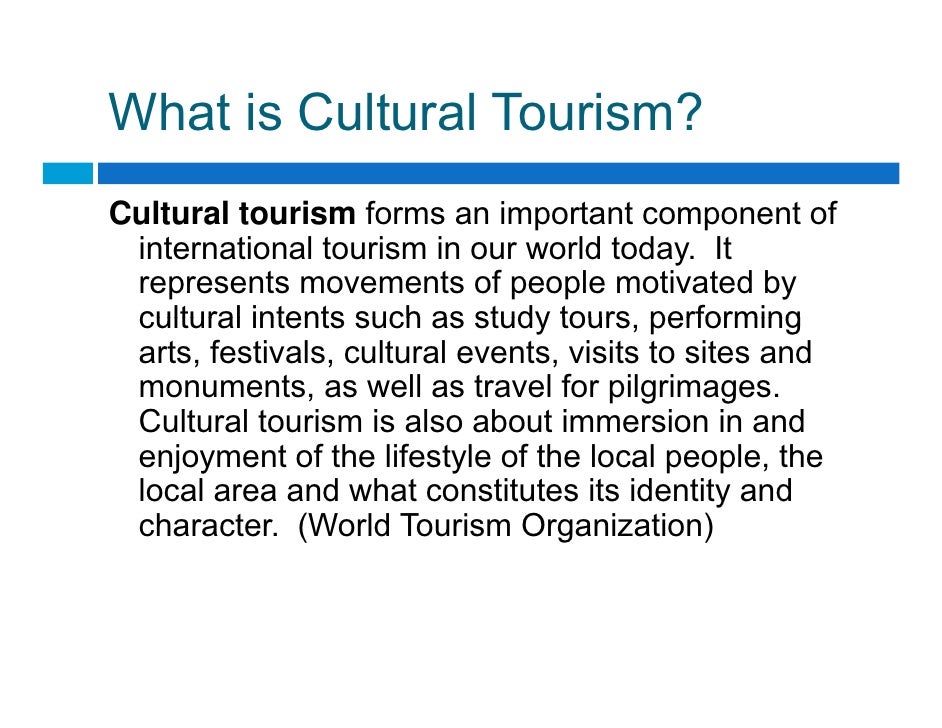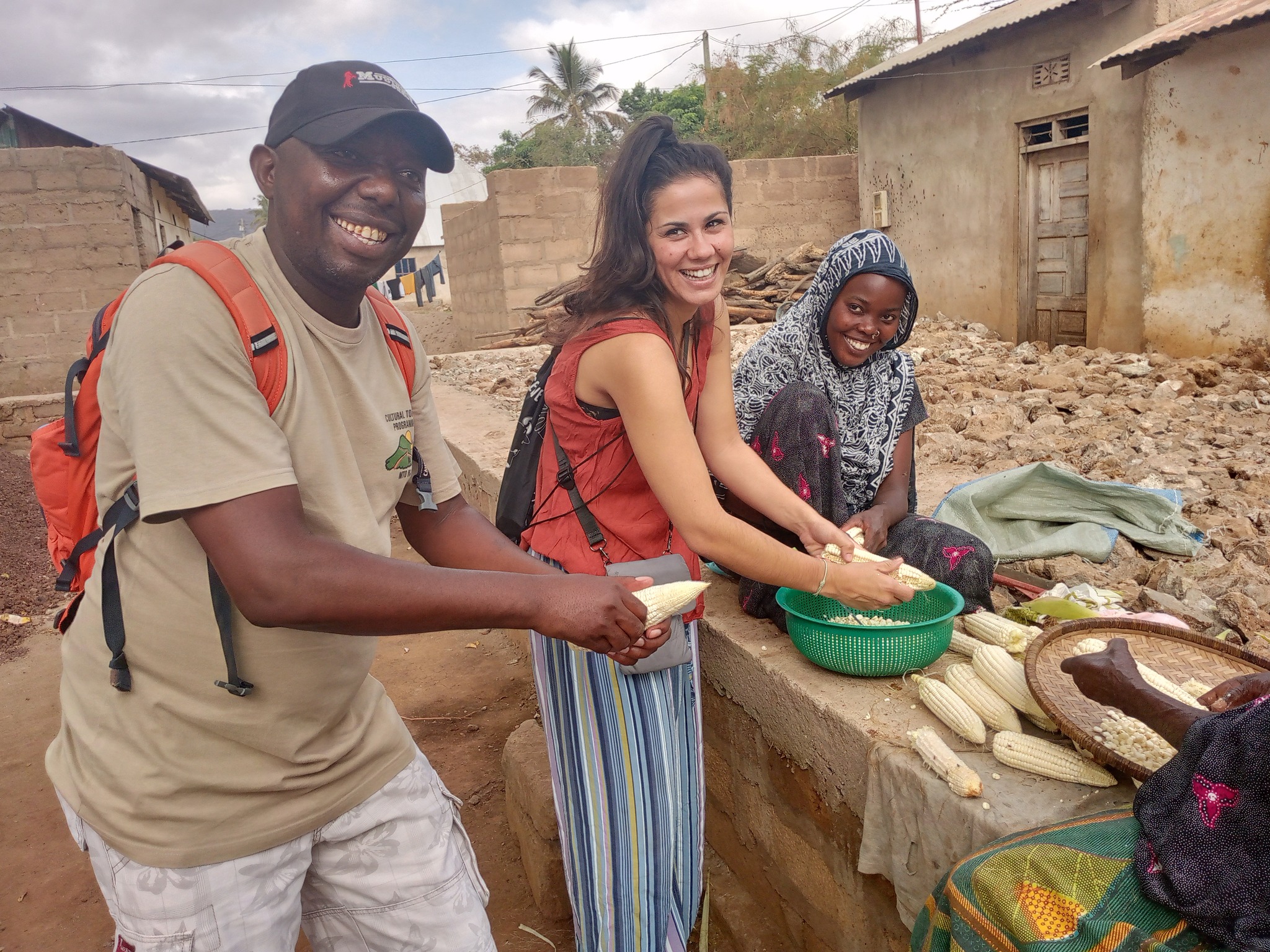
Beyond the Postcard: How Cultural Tourism is Reinvigorating Indigenous Reservations
By
In an increasingly interconnected yet homogenized world, the quest for authentic experiences has never been more fervent. Travelers, weary of generic resorts and curated theme parks, are seeking deeper connections, profound understanding, and a genuine immersion into the tapestry of human civilization. This global shift has spotlighted a powerful, often overlooked, and deeply meaningful form of engagement: cultural tourism on Indigenous reservations. Far from being a mere exotic spectacle, this burgeoning sector is proving to be a transformative force, breathing new life into communities, fostering economic independence, and ensuring the vibrant survival of unique cultures for generations to come.
The term "reservations" typically refers to areas of land managed by Indigenous tribes under a system of limited sovereignty, often with a history of profound dispossession and hardship. For decades, these communities grappled with socio-economic challenges, including high unemployment, limited access to resources, and the erosion of cultural practices due to external pressures. However, a quiet revolution is underway, driven by a growing recognition of the immense value—both tangible and intangible—that Indigenous cultures offer the world. Cultural tourism, when developed ethically and authentically, is emerging as a powerful catalyst for positive change, offering a sustainable pathway to prosperity and self-determination.
Economic Empowerment: Building Bridges to Prosperity
Perhaps the most immediate and tangible benefit of cultural tourism for Indigenous reservations is economic empowerment. Historically, many reservations have struggled with limited economic opportunities, often relying on resource extraction or government assistance. Cultural tourism provides a crucial avenue for diversification and sustainable income generation.

"For generations, our youth had to leave our lands to find work. Now, cultural tourism is creating jobs right here, allowing families to stay together and build a future on our ancestral lands," says Chief Ben Standing Bear of the fictional Lakota Nation, whose reservation has successfully developed a cultural heritage center and eco-tourism initiatives. "It’s about self-sufficiency, about generating our own wealth, and about investing in our people."
The economic ripple effect is profound. Tourism creates direct employment for guides, artists, storytellers, dancers, chefs, and hospitality staff. It stimulates the growth of small businesses, from craft shops selling authentic handmade goods and traditional foods to locally owned lodges and tour operators. Revenue generated from tourism can then be reinvested into essential community services like schools, healthcare facilities, and infrastructure improvements, addressing long-standing needs and enhancing the overall quality of life.
Moreover, cultural tourism often encourages the development of entrepreneurial skills within the community. Individuals are empowered to become business owners, managing tours, creating marketing strategies, and developing sustainable practices. This fosters a sense of agency and builds a resilient local economy less dependent on external fluctuations. The World Tourism Organization (UNWTO) has consistently highlighted the potential of cultural tourism to drive local economic development, and for Indigenous communities, this potential is particularly transformative, offering a means to break cycles of poverty and reclaim economic sovereignty.
Cultural Preservation and Revitalization: A Living Heritage
Beyond the balance sheets, the most profound impact of cultural tourism lies in its ability to act as a powerful engine for cultural preservation and revitalization. Many Indigenous languages, traditional arts, and ceremonial practices have faced the threat of extinction due to historical oppression and assimilation policies. Cultural tourism provides a vital platform for their resurgence.
When visitors come to learn about a culture, there is an inherent incentive for the community to maintain and celebrate its traditions. Elders and knowledge keepers are encouraged to share their wisdom, stories, and skills with younger generations, strengthening intergenerational bonds and ensuring the continuity of cultural heritage. "Every time we share our stories, our dances, our language with visitors, it’s not just entertainment; it’s an act of preservation. It reminds our own children of the richness of who they are," explains Elder Mae Little Feather, a renowned Navajo weaver and storyteller. "It breathes life back into what was almost lost."
Traditional arts and crafts, which might otherwise struggle to find a market, gain renewed value and appreciation through tourism. Visitors eager to purchase authentic, handcrafted items directly from the artisans provide economic support while fostering pride in the creators. Language immersion programs, traditional ceremonies, and storytelling sessions become central attractions, offering an immersive experience for tourists while simultaneously reinforcing these practices within the community. This reciprocal exchange transforms cultural practices from passive heritage into a dynamic, living, and celebrated reality.
Fostering Self-Determination and Challenging Stereotypes
Cultural tourism also plays a critical role in advancing Indigenous self-determination and dismantling harmful stereotypes. For centuries, Indigenous peoples have been misrepresented, romanticized, or ignored in mainstream narratives. Cultural tourism, when led by the communities themselves, allows tribes to control their own stories, present their cultures on their own terms, and educate visitors directly.

"This isn’t just about showing tourists a glimpse of our past; it’s about asserting our present, reclaiming our narrative, and shaping our future on our own terms," states Maria Talltree, Director of Tribal Tourism Development for the fictional Cherokee Nation of Oklahoma. "We decide what to share, how to share it, and why. It’s an act of sovereignty."
By directly engaging with Indigenous peoples, visitors gain a nuanced understanding of their histories, resilience, and contemporary lives, moving beyond the often-oversimplified or stereotypical portrayals found in media. This direct interaction fosters empathy, respect, and a deeper appreciation for the diversity of human experience. It also allows Indigenous communities to build alliances and advocate for their rights on a global stage, leveraging tourism as a tool for political and social recognition.
Environmental Stewardship and Sustainable Practices
Many Indigenous cultures possess deep, ancestral knowledge of land management and environmental stewardship. Their traditional ecological knowledge, honed over millennia, offers invaluable lessons in sustainable living. Cultural tourism on reservations often integrates eco-tourism principles, promoting respect for the natural environment and showcasing Indigenous conservation practices.
From guided nature walks explaining the medicinal properties of local plants to tours highlighting traditional hunting or farming techniques, visitors learn about the intricate relationship between Indigenous peoples and their ancestral lands. This not only educates tourists but also provides an economic incentive for communities to protect their natural resources and sacred sites, understanding that a healthy environment is integral to a thriving tourism industry. Indigenous-led tourism initiatives are frequently at the forefront of sustainable development, championing low-impact travel, waste reduction, and the preservation of biodiversity. The fact that Indigenous peoples globally manage or hold tenure over a significant portion of the world’s remaining biodiversity underscores their critical role in environmental conservation, a role often amplified through eco-cultural tourism.
Social Cohesion and Well-being
The benefits of cultural tourism extend to the social fabric and overall well-being of the community. A thriving cultural tourism sector can instill a renewed sense of pride and identity among tribal members, particularly youth. Seeing their culture valued and celebrated by visitors can strengthen community bonds and encourage younger generations to embrace their heritage.
In areas where out-migration of youth seeking opportunities has been a persistent problem, cultural tourism can create reasons to stay, return, and invest in their homelands. This strengthens family units, supports community growth, and contributes to the mental and spiritual health of the population by reinforcing cultural connections and a sense of belonging. The act of sharing culture, when done authentically and with respect, can also be a healing process, allowing communities to process historical trauma and move forward with renewed strength and purpose.
Navigating the Challenges: Ethical Engagement is Key
While the benefits are profound, it is crucial to acknowledge and address the challenges inherent in cultural tourism. The risk of cultural appropriation, commodification, or the superficial "Disneyfication" of sacred practices is ever-present. Therefore, the success and ethical integrity of cultural tourism on reservations hinge entirely on Indigenous leadership and control.
Genuine cultural tourism must be developed from within the community, with full and informed consent, ensuring that tribal elders, cultural practitioners, and community members are at the forefront of decision-making. It must prioritize authenticity over spectacle, education over entertainment, and respect over exploitation. Visitors, too, bear a responsibility to engage ethically, approaching these experiences with humility, a willingness to learn, and an understanding that they are guests in someone else’s home. Supporting Indigenous-owned and operated businesses, respecting cultural protocols, and seeking genuine connection are paramount.
A Path Forward: Reciprocity and Respect
Cultural tourism, when thoughtfully conceived and respectfully implemented, offers Indigenous reservations a powerful tool for self-determination, economic prosperity, and the vibrant continuity of their unique heritage. It transforms challenges into opportunities, allowing communities to not only survive but thrive on their own terms, sharing their profound wisdom and rich traditions with a global audience.
As travelers increasingly seek meaningful encounters, the future of cultural tourism on Indigenous reservations shines brightly. It promises not just memorable vacations, but transformative journeys—for visitors who gain invaluable insight, and for the Indigenous communities who reclaim their narratives, revitalize their cultures, and build a resilient future rooted in their ancestral lands. It is a powerful testament to the enduring strength of culture, and a compelling vision for a more equitable and understanding world.


